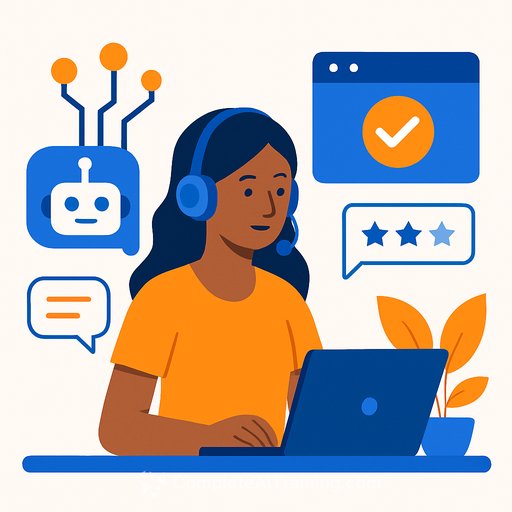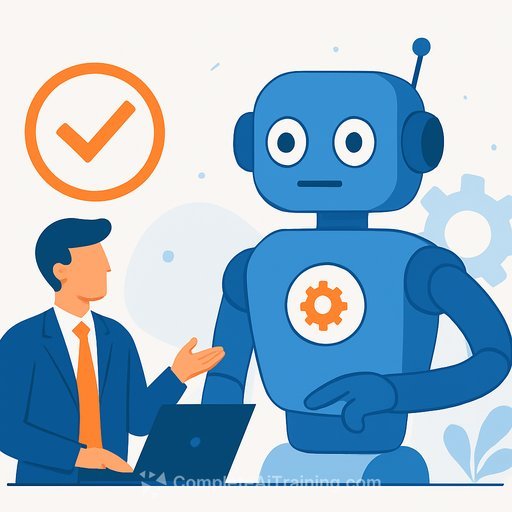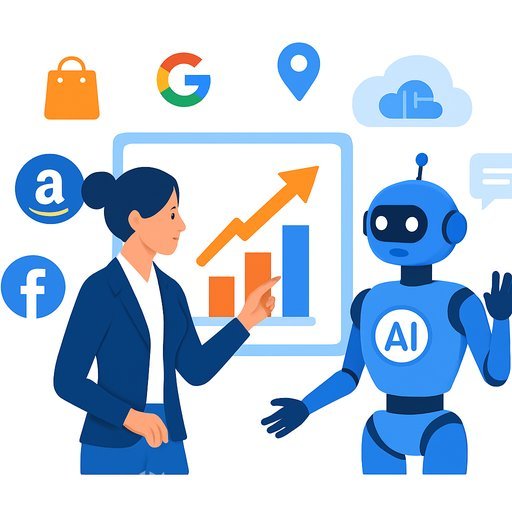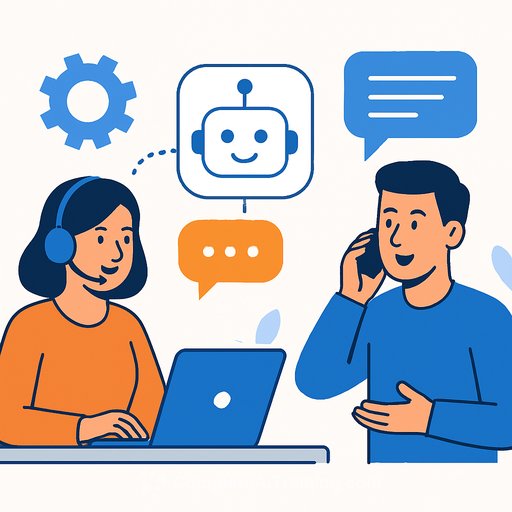Cisco's AI Move in Contact Centers: What Support Leaders Need to Know
Cisco is expanding AI across the Webex Contact Center stack. The goal is simple: move more interactions to smart self-service, give supervisors real-time visibility, and keep agents focused on the conversations that matter.
If you lead support, this isn't theory. It's a path to higher containment, faster resolution, and tighter compliance-without burning out your team.
What's New: Webex AI Agent
The Webex AI Agent uses conversational intelligence to act like a virtual concierge. It handles common inquiries through natural dialogue, trims wait times, and improves first contact resolution.
For high-volume queues, this can reduce cost per contact while improving customer sentiment. Think intent-based routing, instant answers, and smooth handoffs when a human is needed.
Unified Quality Management (Coming 2026)
Cisco plans an AI-powered supervisor tool in early 2026 to centralize quality management. Expect a single view of performance data, real-time coaching prompts, and policy checks across channels.
Partnerships with providers like Google Cloud bring AI deeper into workflows. Collaboration with NVIDIA adds processing for real-time transcription and automated task handling-fuel for consistent coaching and lower after-call work.
Industry Integrations and Observability
Cisco is building deeper integrations for healthcare, finance, and other regulated sectors. Ties into Splunk Observability help reduce alert fatigue and surface issues faster.
Early adopters report faster resolutions and more empathetic engagements. At WebexOne 2025, experts highlighted how automation clears repetitive work so agents can focus on complex cases-supported by Cisco's networking expertise and AI Canvas for troubleshooting.
What This Means for Support Teams
- Higher containment: Deflect repetitive intents (password resets, order status, appointment changes) to AI without friction.
- Better handoffs: Pass full context, transcripts, and sentiment to agents to cut repeat explanations.
- Smarter coaching: Supervisor views make it easier to catch compliance gaps and guide tone, empathy, and next-best actions.
- Cleaner workflows: AI can auto-log notes, tag dispositions, and trigger follow-ups-reducing wrap time.
- Tighter integrations: Connect CRM, ticketing, knowledge bases, and industry systems to keep AI answers accurate.
90-Day Action Plan
- Map top 15 intents by volume and effort; pick 5 for an AI pilot with clear success metrics.
- Draft conversation flows with escalation rules and guardrails; require consent for sensitive data.
- Connect to your CRM and knowledge base; prioritize content gaps that block containment.
- Stand up observability: latency, error rates, hallucination flags, and compliance checks.
- Launch a supervisor dashboard trial; define coaching prompts tied to QA rubrics.
- Set a redaction policy for PII and payment data; review retention and access controls.
- Train agents on AI-assisted workflows: when to trust, when to verify, when to override.
- Run weekly reviews: containment, FCR, CSAT, and top failure reasons; ship fixes fast.
Risks and How to Mitigate
AI in regulated environments raises real concerns: data privacy, bias, and auditability. Cisco is addressing this with sovereign options and air-gapped setups in Europe to keep sensitive data under strict control.
- Use sovereign/air-gapped infrastructure for regulated lines of business.
- Keep a human-in-the-loop for high-risk intents and edge cases.
- Apply PII redaction, DLP, and encrypted storage by default.
- Maintain an evaluation set to test for accuracy, bias, and drift.
- Log decisions for audit trails and post-incident reviews.
Metrics That Matter
- AI containment rate and impact on FCR/CSAT.
- AHT and after-call work deltas for AI-assisted interactions.
- Escalation quality: context completeness and transfer time.
- Compliance error rate and policy adherence.
- Agent adoption and coaching outcome rates.
- Cost per contact, segmented by AI-only vs. AI-assisted vs. human-only.
Team Skills to Level Up
- Conversation design and intent modeling.
- Knowledge management for AI-ready content.
- QA frameworks that include AI behaviors and ethics.
- Data literacy for monitoring and tuning.
If you're building these capabilities in-house, curated learning paths can speed it up. Explore role-based upskilling for support teams at Complete AI Training.
Outlook
Cisco's push into agentic AI-autonomous systems with human oversight-sets a clear direction for contact centers. Expect stronger self-service, sharper coaching, and deeper integrations across your stack.
The opportunity is practical: reduce effort for customers and agents while keeping data safe. Start with a focused pilot, measure hard outcomes, and scale what works.
Bottom line: Use AI to clear the queue for simple tasks, then back your agents with context and coaching for the complex ones. That's how you improve service and protect your team at the same time.
Your membership also unlocks:





